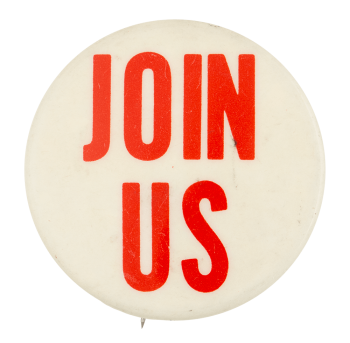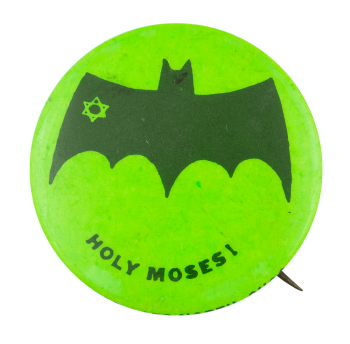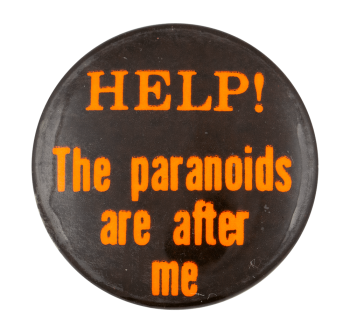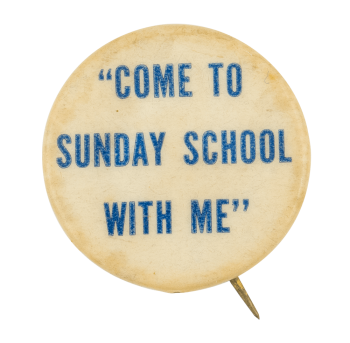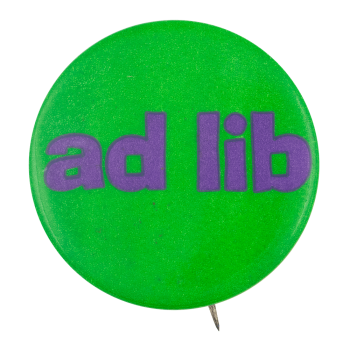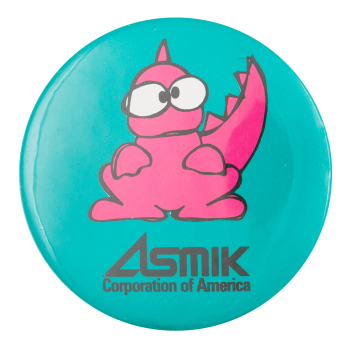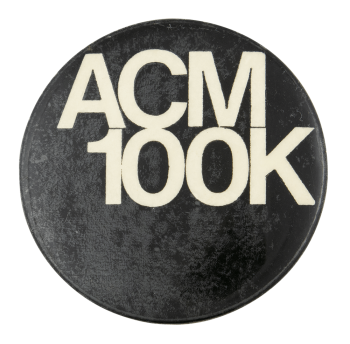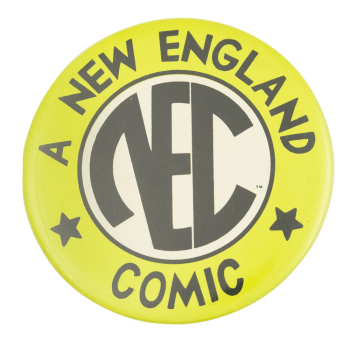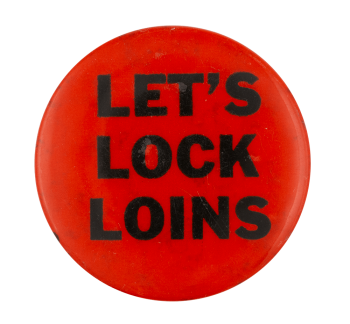Join Us
| Category | |
|---|---|
| Additional Images | |
| Text on Button | JOIN US |
| Image Description | Red text on a white background |
| Back Paper / Back Info |
Union bug stamp |
| Back Style | |
| The Shape | |
| The Size | |
| Additional Information | The phrase, “Join us,” often encourages people to participate in public and social activities such as events, clubs, movements, organizations, and communities. This wearable is one of the many ways to persuade more people to get involved in their social activities and support their community. Have info on this button? Contact us here. |
| Catalog ID | IB0163 |

